Any idea how to calculate running total in BigQuery SQL?
id value running total
-- ----- -------------
1 1 1
2 2 3
3 4 7
4 7 14
5 9 23
6 12 35
7 13 48
8 16 64
9 22 86
10 42 128
11 57 185
12 58 243
13 59 302
14 60 362
Not a problem for traditional SQL servers using either correlated scalar query:
SELECT a.id, a.value, (SELECT SUM(b.value)
FROM RunTotalTestData b
WHERE b.id <= a.id)
FROM RunTotalTestData a
ORDER BY a.id;
or join:
SELECT a.id, a.value, SUM(b.Value)
FROM RunTotalTestData a,
RunTotalTestData b
WHERE b.id <= a.id
GROUP BY a.id, a.value
ORDER BY a.id;
But I couldn't find a way to make it work in BigQuery...

